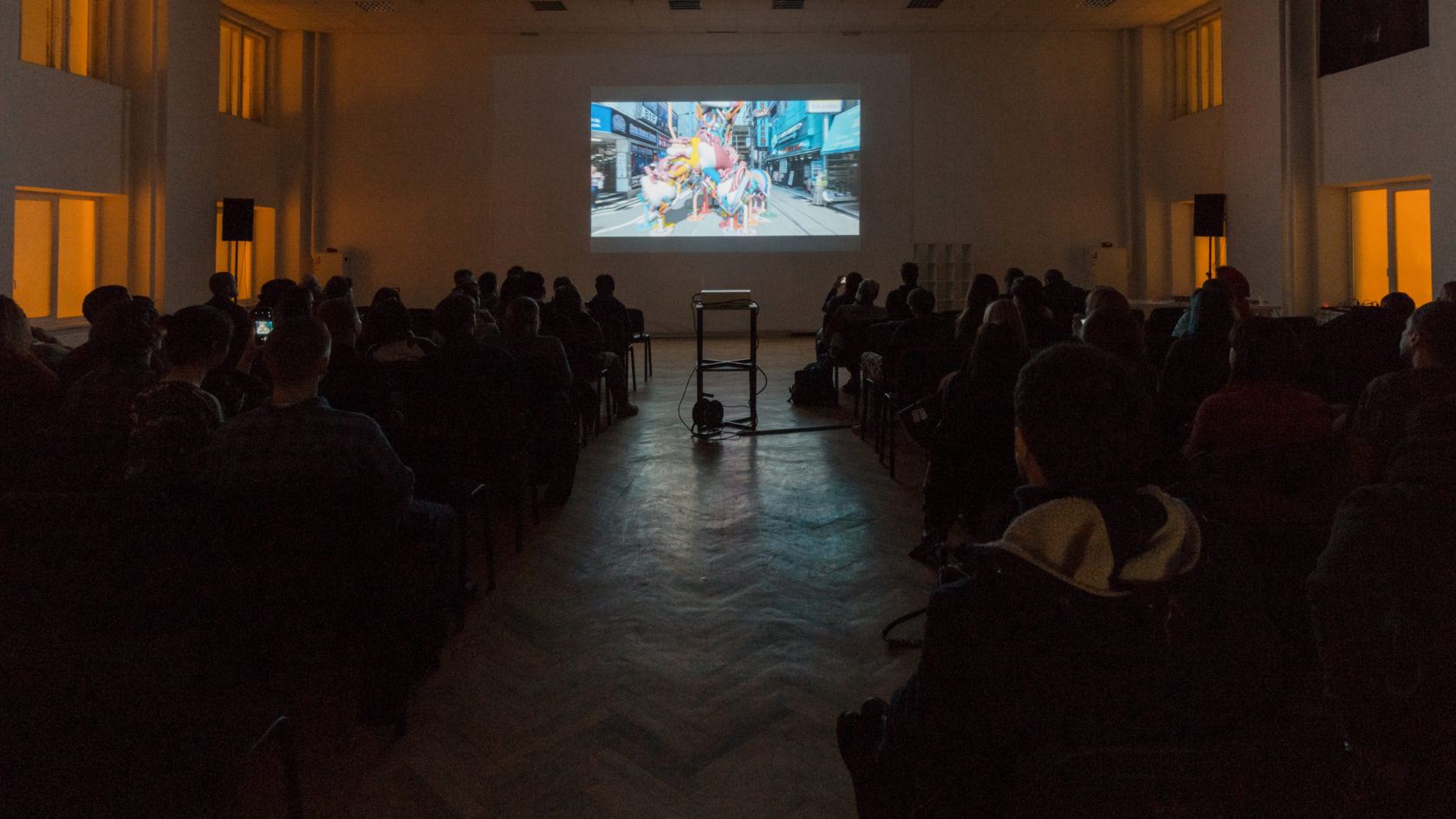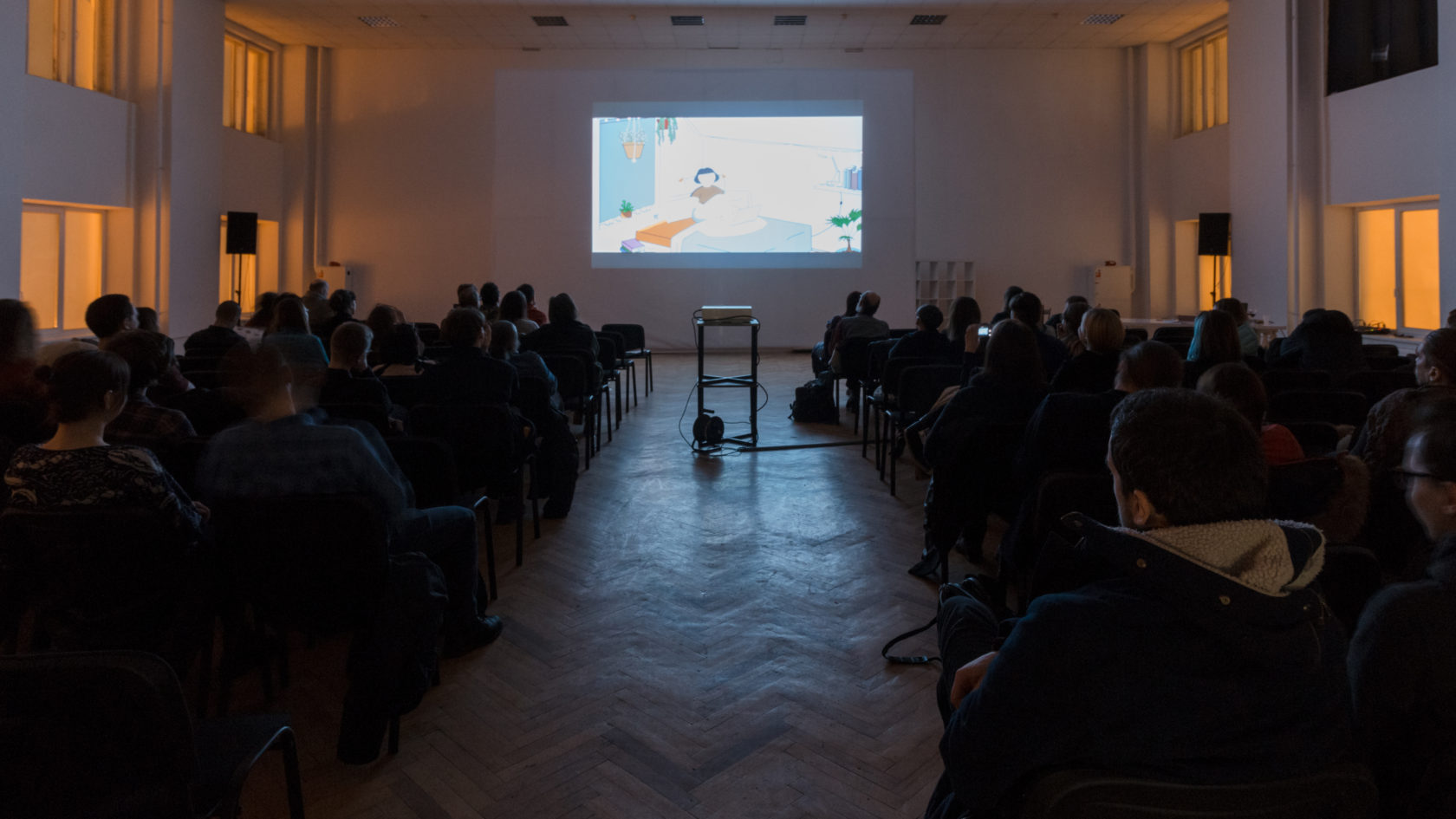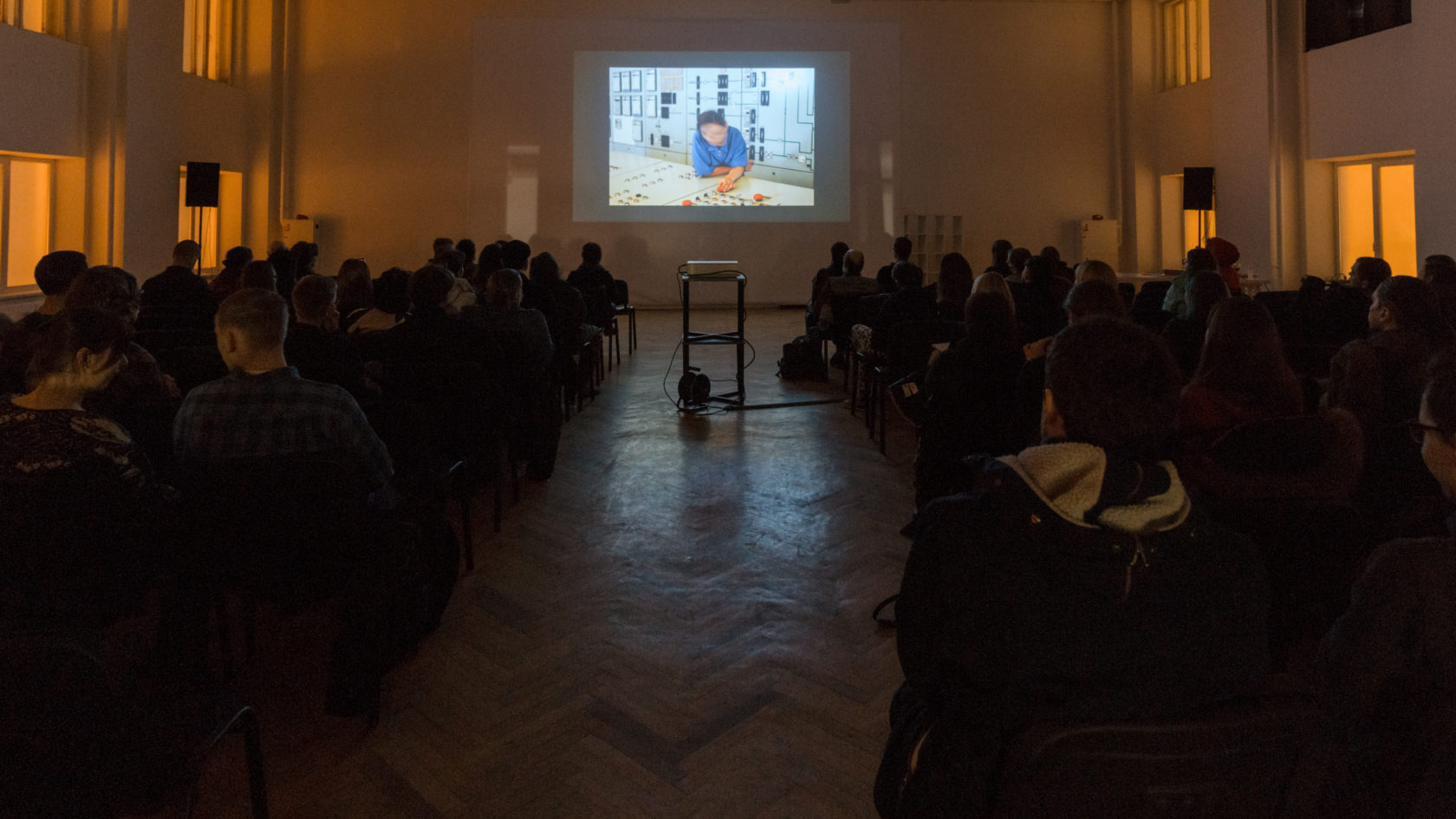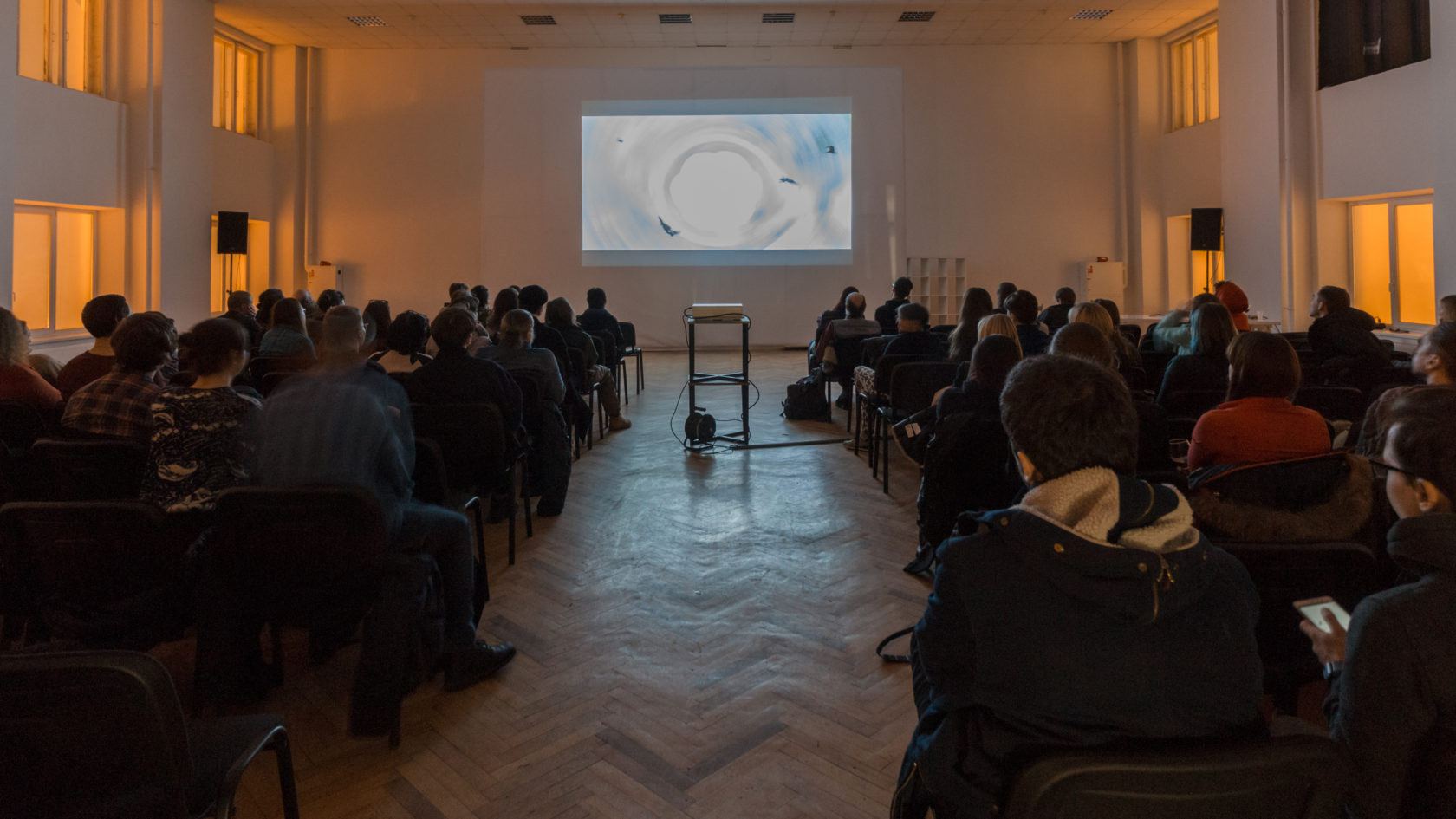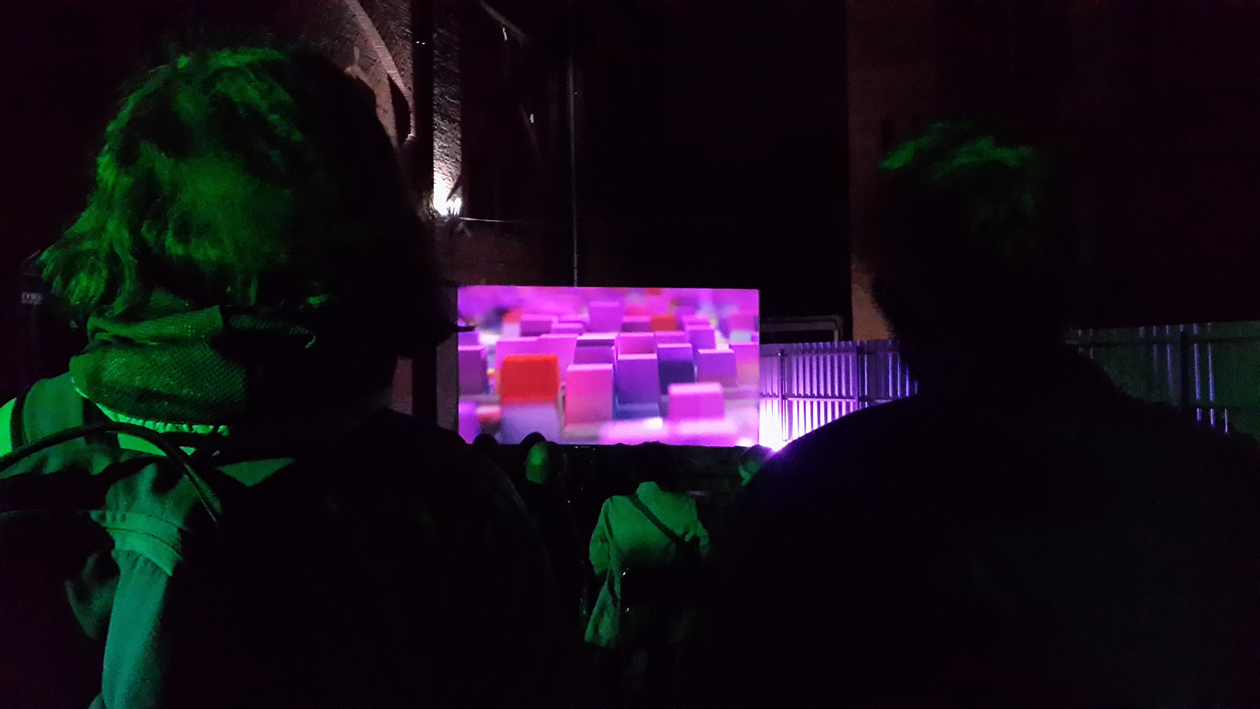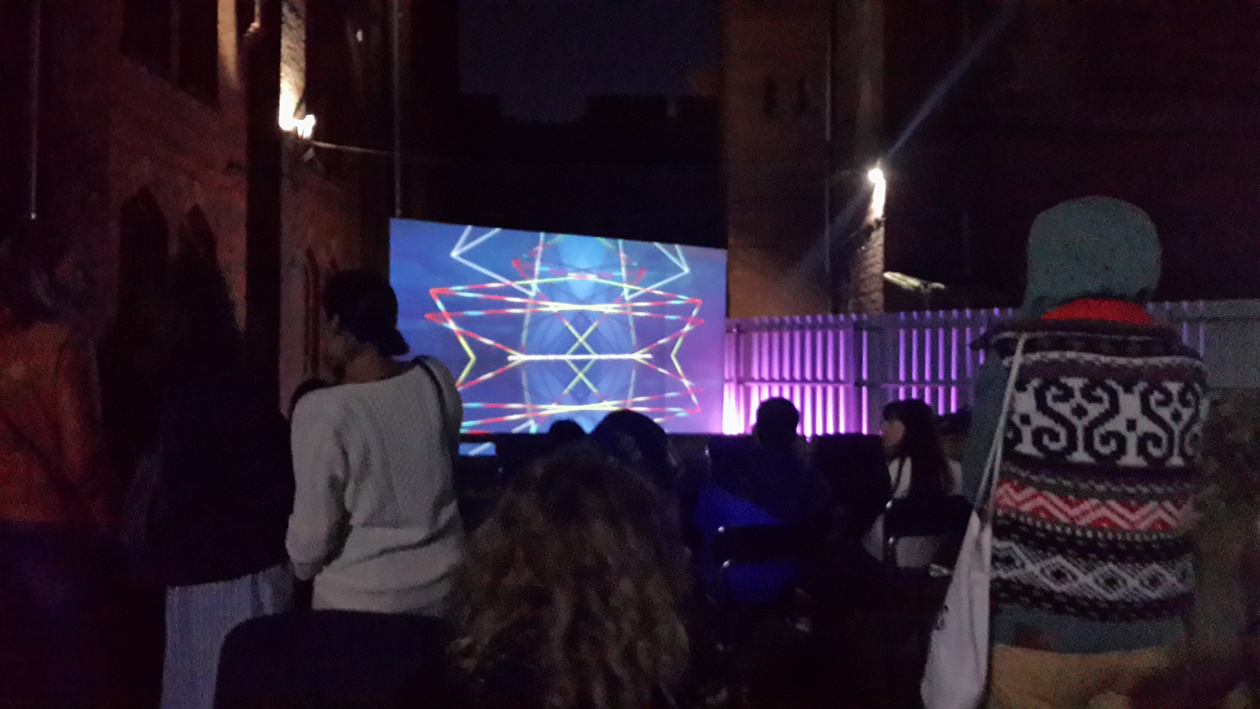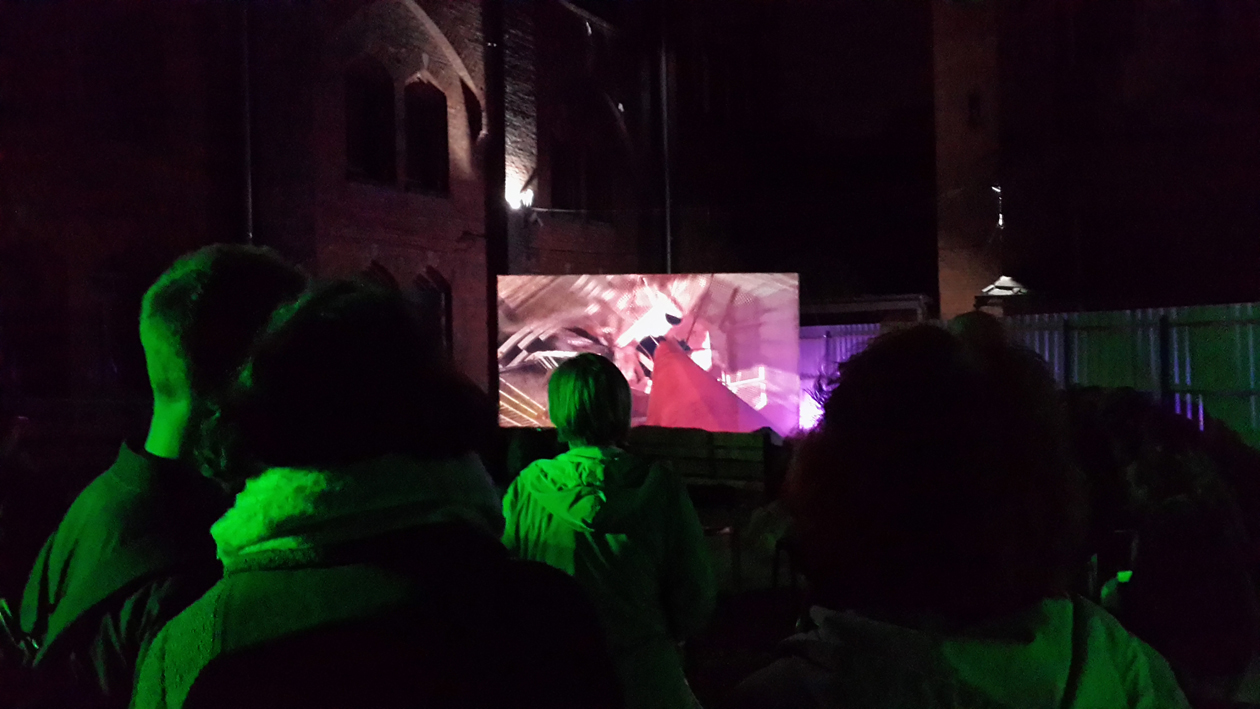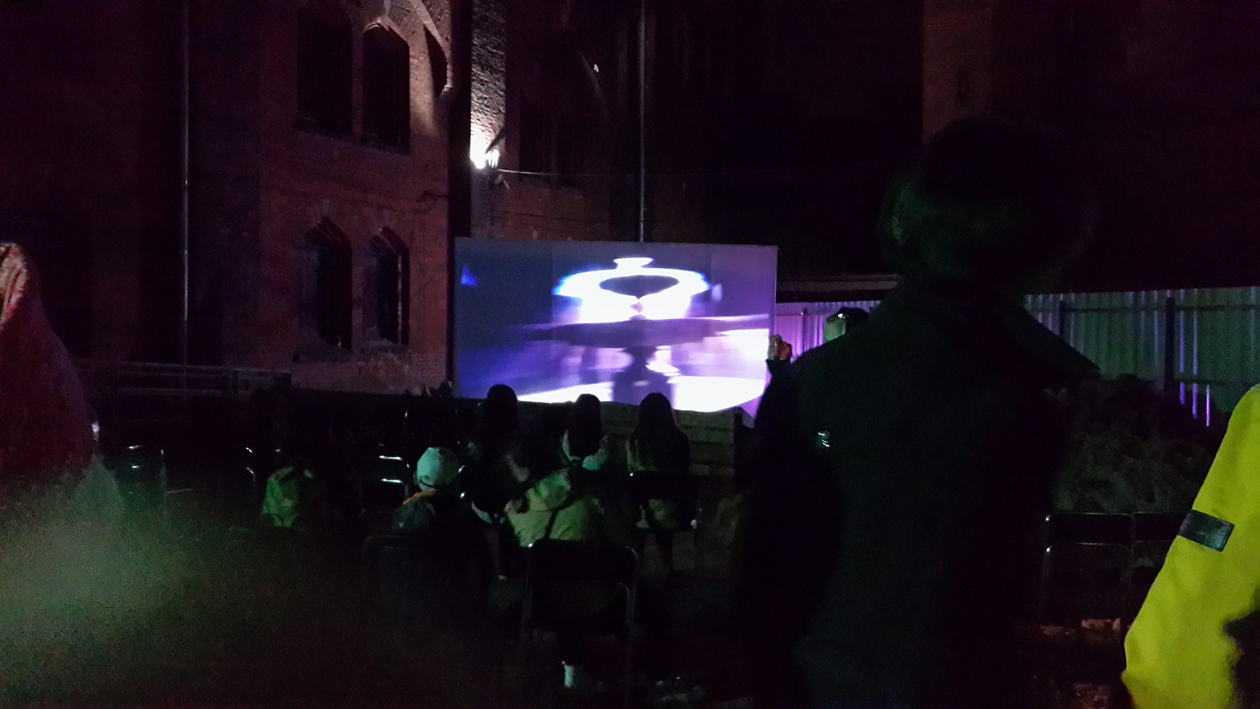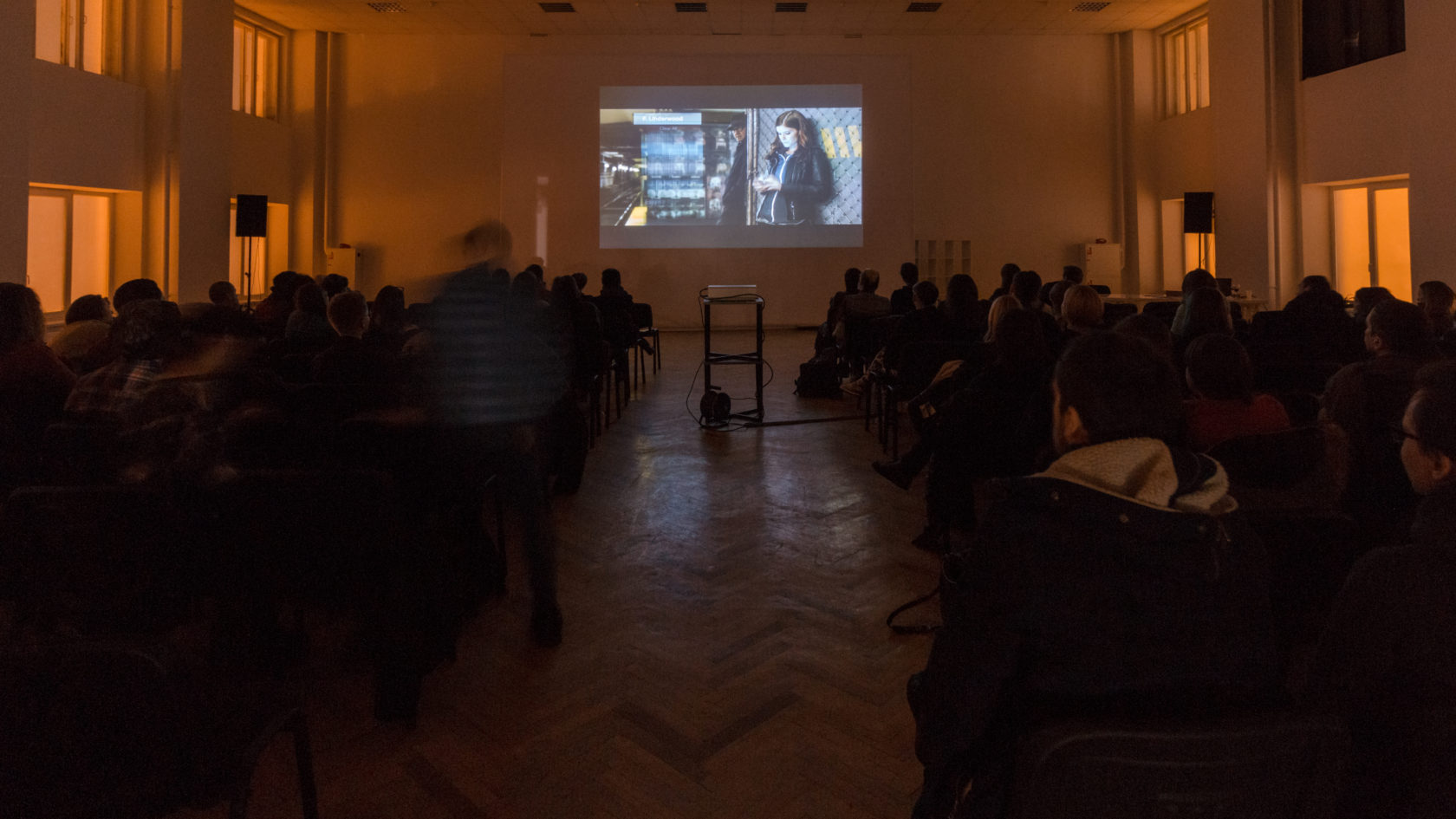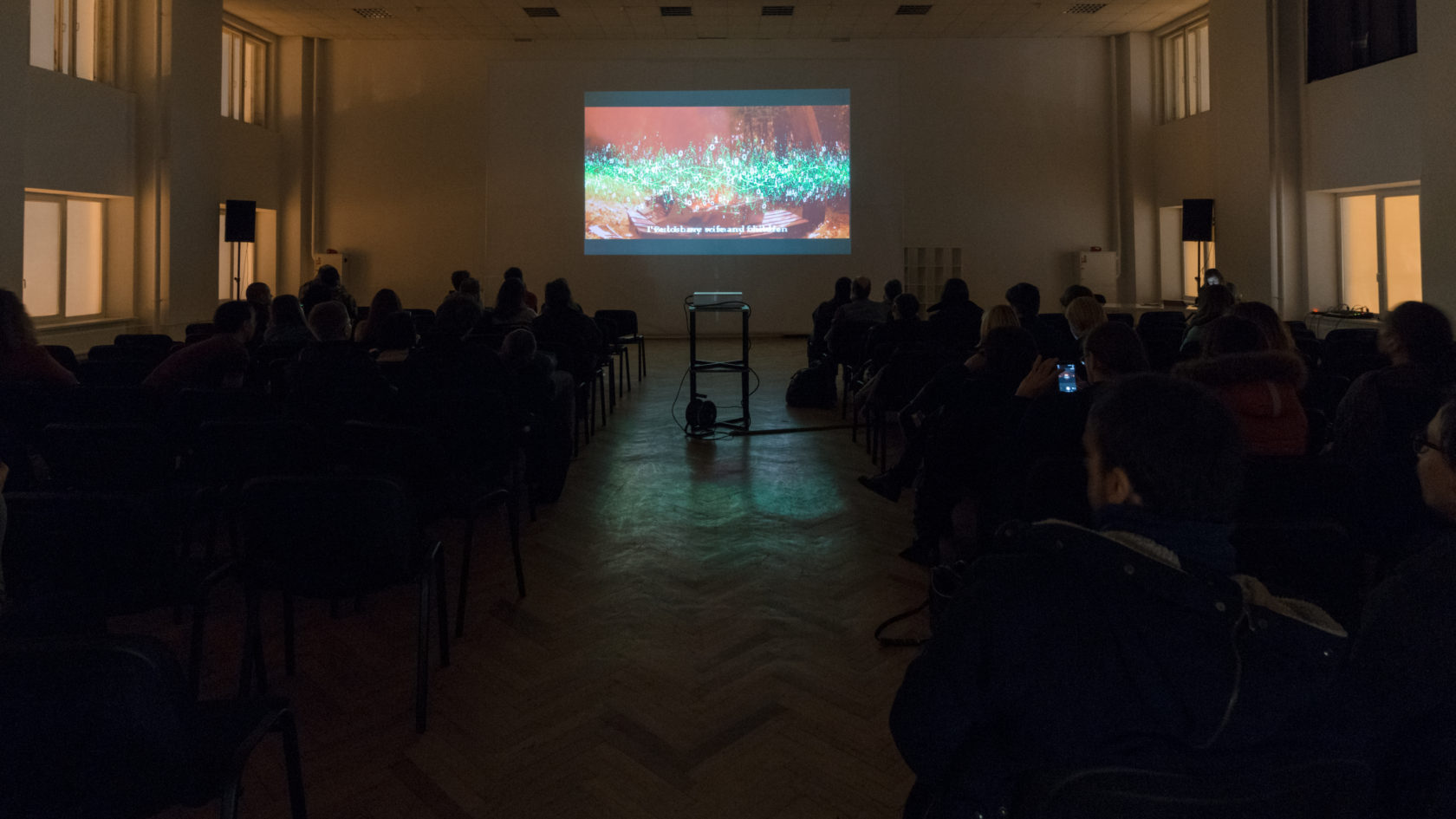CYFEST-11. Digital Video Programm: To Touch the Sky
Flights of fancy of humanity, dreams of fame, instantaneous movement, high above the clouds and to other planets – all these things are practically a reality today. Our thoughts and feelings have moved to digital clouds, to computers and gadgets. Our bodies exist in impossibly tall towers, in deserts, in conditions that were previously impossible for life, in space; and consciousness moves across the world without hinderance. Two worlds: the real and the virtual are irrevocably intertwined, and can no longer be separated. What used to be unimaginable becomes reality!
“Art absorbs modern technologies, creating augmented reality. The artist constantly acquires new tools to create images and metaphors of the real world. What does our world today look like, how does it translate to another visual language, how does our transaction transform, and our perception of the known?”
THE CYFEST 11 DIGITAL VIDEO PROGRAM is curated selection of video art works via open call, in various innovative genres: animated gifs, net art, 3D and stop-motion animation, cinema 4D, mockumentary and performance art, gaming, digital collage, and experimental films. The program features Russian artists from Petersburg and Moscow.
Artists
